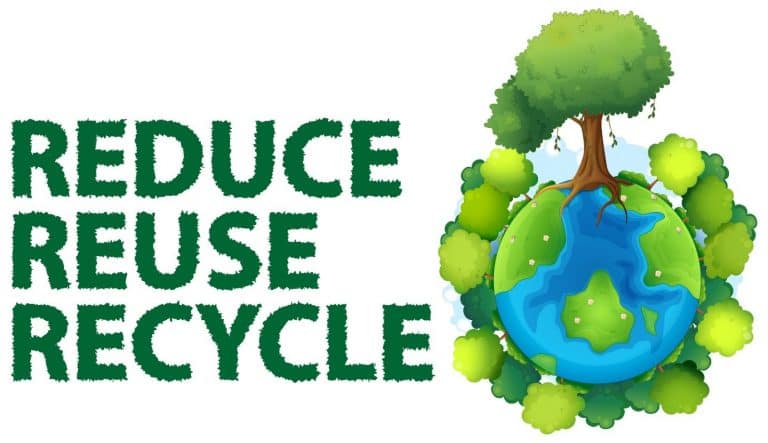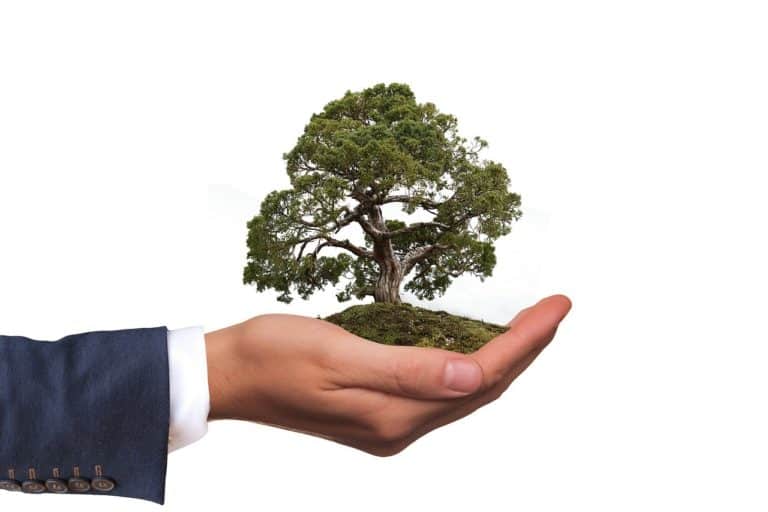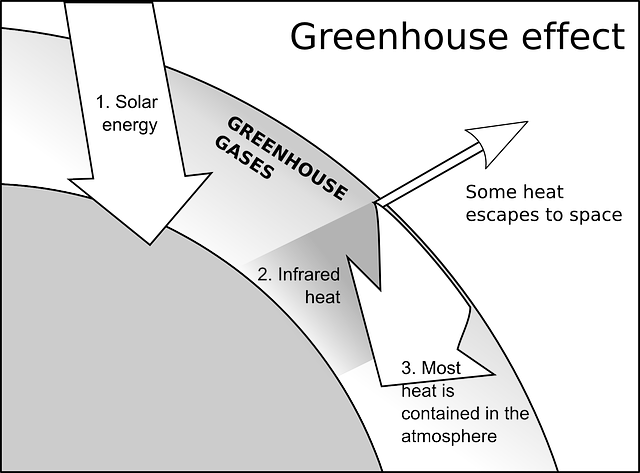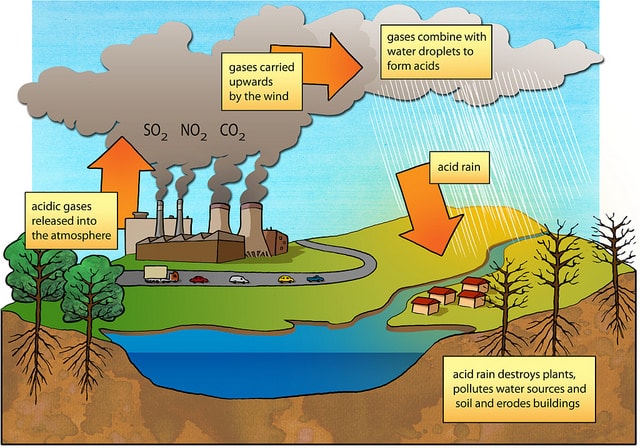15+ Breathtaking Facts About Acid Rain That Will Stir Your Curiosity
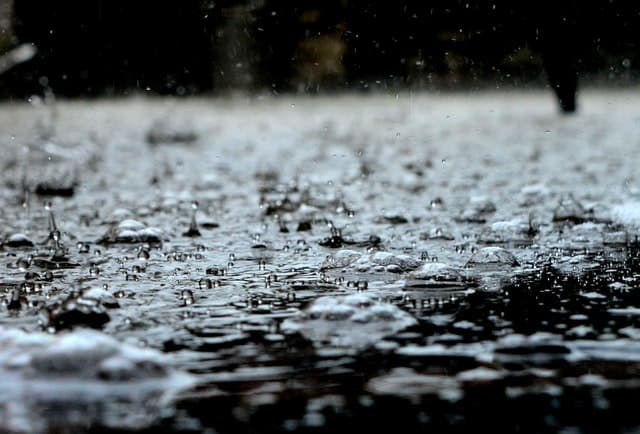
Acid rain is a serious environmental issue that needs global attention. Since acid rain became a rallying point for environmentalists a decade ago, just a little progress has been made. Acid rain is a time bomb that may cause untold damages in the future if not handled with caution.
However, if both individuals and governments take affirmative action, the solution to this problem can soon be reached.
But first, what are the facts revolving around acid rain?
15+ Breathtaking Facts About Acid Rain
Fact 1: Modern Industries are The Primary Cause
Have you ever known that humans comfortable kind of lifestyle is the major cause of acid rain?
Many mills and industries produce a lot of harmful fossil fuels like oil and coal, which releases sulfur dioxide and nitric oxide in the atmosphere. These gases react with water, oxygen and various substances to produce nitric acid and sulphuric acid.
These chemicals produced after the reactions later fall on the earth surface as acid rain.
Fact 2: Acid Rain is Measured by pH
The pH scale was invented in 1909 by a Danish scientist known as Sorenson. The scale is used to determine the alkalinity, neutrality or acidity of an aqueous solution based on hydrogen ion (H+) concentration.
The scale ranges from 0 (strong acid) to 14 (strong base) with 7 being neutral (neither alkaline or acid). While normal rain reads about 5.6 on the pH, acid rain has a reading of between 4.2 and 4.4)
Fact 3: There are Other Acidic Precipitations
Like acid rain, there are many other types of precipitations like acid fog, acid snow and acid dust formed with nitric and sulphuric acid. Seems strange, right?
Acid snow, for instance, forms when the rain droplets falling from the atmosphere passes through a freezing area in the air. Its effect last longer that acidic rain because snow takes time to completely melt.
Fact 4: Acid Rain Wrecks the Environment
The ecological impacts of acid rain mostly occur in aquatic environments like marshes, lakes, and streams as many fish and wildlife cannot survive in an acidic environment.
Similarly, plants show retarded growth and eventually die when acid rain dissolves soil nutrients or when the acid snow falls on their leaves. Plants that absorb acid rain poses risk to humans as they absorb toxins in the acid rain, which renders them unfit for consumption.
Fact 5: Acid Rain Can Spread to Many Areas
Imagine that you are paying for mistakes that you are not responsible for! The case is pretty similar to acid rain behavior.
Here is how;
Fossil fuels released into the atmosphere in a particular place may be blown by the wind to greater distances and form acid rain in the places where chemical reaction did not happen.
For instance, acid rain which occurs in Canada is as a result of air pollution that happens in the United States.
Fact 6: Acid Rain Cannot Burn Your Skin
Strong acids can burn if they touch a skin and can even corrode metals. Acid rain is much weaker and cannot burn a skin because it combines with naturally existing oxides in the air.
But yes, scientists suggest that if the rapid pollution continues in future, acid rain will bring serious damage to the human body too.
Fact 7: Acid Rain Can Be Neutralized
In some places like Eastern Canada, acid rain is more destructive because they lack a natural alkalinity. Lime in the ground is able to neutralize the acid to keep the environment free from more harm by the acid rain.
Also, more alkaline waters inhibit or reduce the effects of acid rain.
Fact 8: The Acid Gas Can Cause You Diseases
Though acid rain does not burn human skin, it can cause serious diseases or even lead to death. The toxic gases can cause asthma, cancer and heart disease.
The record shows that about 550 premature deaths that take place in Canada and the United States are caused by acid rain.
Fact 9: Acid Rain is Hard to Finish
Despite the major attempts to reduce acid rain, it is still the primary killer of lakes and aquatic life. According to statistics, 88 percent of the world’s waterbody is impaired by acid rain
Fact 10: Acid Rain Damages Car Paint
According to the Environmental protection Agency, damage happens when the acidic material remains on the surface of a car after the water evaporates. The acidic substance combined with elements like sunlight eats away a car’s paint very fast.
Acid rain leaves a vehicle with irregular shape and a permanent etch on the surface with clear coated vehicles being the most vulnerable.
Fact 11: Lowers pH Levels of Natural Waters
The pH (power of hydrogen) ranges from 0 to 14. The levels increase with the increase in alkalinity and a decrease in acidity. Pure water has a well-balanced pH of 7, while acid rain has about 4.3.
If acid rain falls on rivers, streams, and lakes, it reduces their pH level and entirely destroys them with time.
Fact 12: Acid Rain Destroys Infrastructures
With a pH of 4.3, acid rain has a corrosive effect on several materials like marble, limestone, zinc, nickel, carbon steel, paint, and some plastics. The corrosion is mainly caused by moisture and oxygen, although sulfur dioxide accelerates the process.
Most buildings and structures are destroyed by either dry or wet acid deposition. Additionally, structures submerged in acidified waters, like pipes and foundations can also be affected.
Examples of historical buildings and monuments spoiled by acid rain include the Taj Mahal, Jantar-Mantar Monuments and Eiffel Tower among others.
Fact 13: There is a Major Way to Fight Acid Erosion
The real way to battling acid rain is by reducing fossil fuels and supporting alternative energy. If people drive less and use less electricity, this threatening problem can be eventually tamed.
Fact 14: Acid Rain Kills Forestation
Acid rain directly destroys the protective layers on leaves and obstructs the process of photosynthesis by hindering the plant’s ability to use carbon dioxide.
Forest soils are inhabited by the algae nitrogen-fixing bacteria and the moss, which trees rely on to grow in a symbiotic association. But acid rain releases aluminum that inhibits the growth of these organisms leading to the death of trees.
Forest in the mountains is more vulnerable because of the acid snow and acid fog. Experts have also warned that acid rain is the major threat to forest growth worldwide.
Fact 15: Lightning Strikes and Volcanoes Contributes to Acid Rain
Apart from ashes and lava, there are elements like sulfur dioxide produced during the explosion. Sulfur dioxide is a major element of acid rain.
The natural source of nitric oxide(NO) is lightning strikes. When nitric oxide is produced, it quickly reacts with oxygen and fuels acid rain.
Fact 16: It Existed a Long Time Ago
The Chemist Robert Angus Smith first focused on acid rain in 1852 in Manchester England and noted the relationship between pollution and acid rain. He also coined the expression ‘acid rain’ in 1872.
Fact 17: The Smell of Acid Rain
Its smell and taste are similar to normal rain.
Fact 18: Fears it Will Get Worse
The ever-growing human population poses a big fear as farmers are likely to use more nitrogen for agriculture, thus increasing nitric acid.
Sources:
http://www.softschools.com/facts/weather/acid_rain_facts/575/


